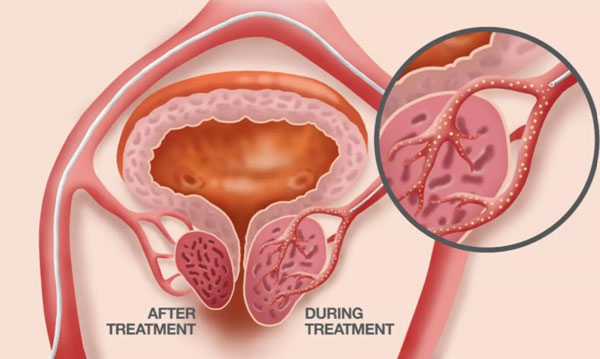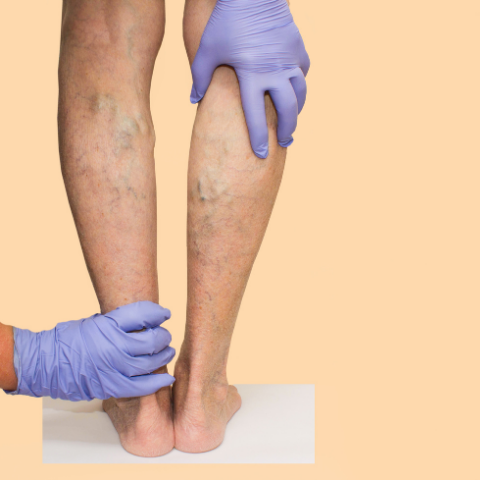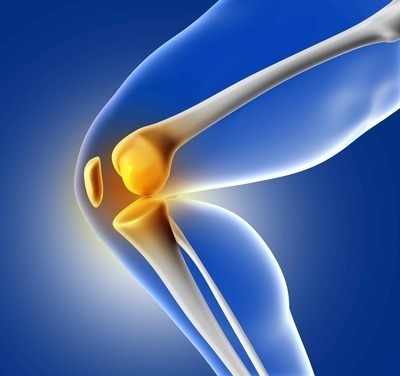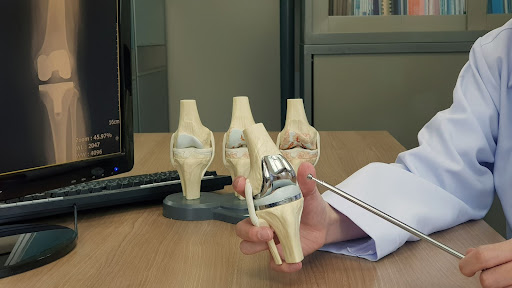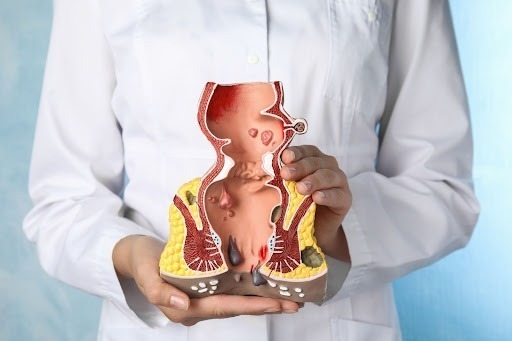Varicose Veins
How to Prevent Deep Vein Thrombosis (DVT): A Complete Guide
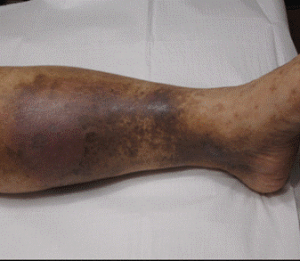
by admin
20th September 2024
3 minutes read
Deep Vein Thrombosis (DVT) occurs when a blood clot forms in a deep vein, usually in the legs. This condition can become dangerous if the clot travels to the lungs, causing a pulmonary embolism (PE). However, by taking the right steps, many cases of DVT can be prevented. Here’s what you need to know about reducing your risk and keeping your circulation healthy.
What Puts You at Risk for DVT?
Certain factors increase your chances of developing DVT, such as:
- Sitting or lying down for long periods (e.g., long flights or bed rest)
- Recent surgery, especially involving the legs or pelvis
- Obesity
- Smoking
- Pregnancy or the postpartum phase
- Family history of blood clots
By being aware of these risks, you can take proactive steps to prevent DVT.
Effective Ways to Prevent DVT
1. Stay Physically Active
One of the most effective ways to lower your risk of DVT is to keep moving. Regular exercise, even something as simple as daily walking, improves circulation and prevents blood from pooling in your veins.
2. Keep Hydrated
Dehydration can make your blood thicker, which increases the risk of clots. Make sure to drink plenty of water throughout the day, especially when traveling or sitting for long periods.
3. Avoid Long Periods of Inactivity
If you’re on a long trip or sitting for extended periods, it’s important to take short breaks to walk or stretch. If standing isn’t possible, try moving your legs by flexing your calves and rotating your ankles to stimulate blood flow.
4. Wear Compression Stockings
Compression stockings can help improve blood circulation in your legs. If you’re at higher risk of DVT, your doctor may recommend wearing these, especially during travel or after surgery.
5. Consider Medication if Necessary
For some people, especially those with a higher risk of DVT due to surgery or other medical conditions, doctors might prescribe blood-thinning medications to help prevent clots.
Common Questions About DVT Prevention
Q. What are the best methods to prevent DVT?
A. The best approach to prevent DVT includes staying physically active, avoiding prolonged immobility, staying hydrated, and wearing compression stockings when needed. People at higher risk may also need medication, so always consult your doctor.
Q. Can exercising help prevent DVT?
A. Yes! Regular exercise like walking or swimming keeps your blood circulating efficiently, which can reduce your risk of clots forming in the legs.
Q. How do compression stockings help in preventing DVT?
A. Compression stockings exert gentle pressure on your legs, promoting blood flow and reducing the risk of blood pooling, which can lead to clot formation.
Q. Who is most at risk for DVT?
A. Individuals who are immobile for extended periods, have undergone recent surgery, are overweight, smoke, or have a family history of blood clots are most at risk.
Q. Can a healthy diet help in DVT prevention?
A. Yes, a well-balanced diet that includes foods rich in antioxidants and omega-3 fatty acids, such as leafy greens and fish, can support healthy blood circulation and lower your risk of DVT.
Q. When is the risk of DVT highest after surgery?
A. The highest risk for DVT typically occurs within the first few weeks after surgery. If you’ve had a major operation, particularly on the legs or pelvis, your doctor might recommend blood-thinning medications or compression stockings to minimize this risk.
Q. Does dehydration increase the risk of DVT?
A. Yes, dehydration thickens the blood, making clots more likely. It’s crucial to stay hydrated, particularly during long journeys or after surgery.
CATEGORIES
- ACL Reconstruction
- Anal Fissures
- Anal Fistula
- Appendicitis
- ASK A DOCTOR
- Benign Prostatic Hyperplasia
- Breast Lump Excision
- Cataract
- Circumcision
- Conditions & Diseases
- Cosmetology
- Covid-19
- Cure
- Endocrinology
- ENGLISH VIDEOS
- Eye Care
- Gallstones
- General Surgeries
- Government Schemes
- Gynaecology
- Gynecomastia
- Health
- Health Insurance
- Hernia
- Hindi
- Hip Arthoscopy
- Hip Replacement
- Hip Replacement Surgery
- Hydrocele
- Kannada
- Kidney Stones
- Knee Arthroscopic
- Laparoscopic
- LASER
- Latest Treatments
- Lifestyle
- Liposuction
- Medfin Stories
- Medicine
- Nephrology
- Ophthalmology
- Orthopaedic
- Paraphimosis
- Patient Testimonials
- PCL Reconstruction
- Phimosis
- Piles (Hemorrhoids)
- Pilonidal Sinus
- Proctology
- Prostate Artery Embolization
- Rhinoplasty
- Second Opinion
- Total Knee Replacement
- Urology
- Uterine Artery Embolization
- Uterine Fibroids
- Varicocele
- Varicose Veins
- Vascular
- VIDEOS
